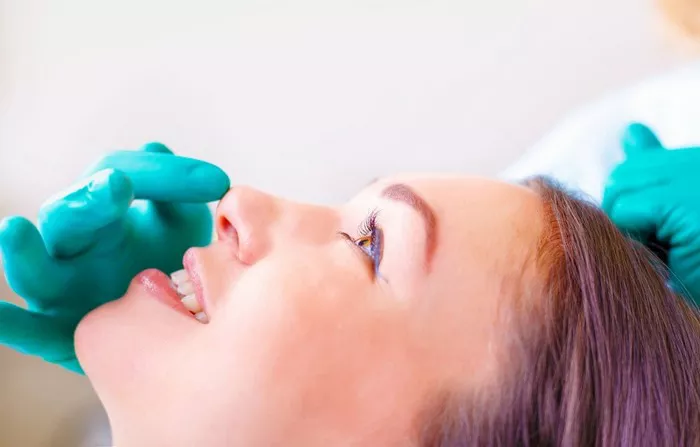Undergoing a rhinoplasty, commonly known as a nose job, is a transformative decision that can enhance facial harmony and boost self-confidence. As individuals consider this cosmetic procedure, questions often arise about its potential impact on other facial features, particularly the smile. One question that frequently arises is whether a nose job can change a person’s smile. In this comprehensive guide, we will delve into the relationship between rhinoplasty and the smile, addressing common concerns and providing insights into what patients can expect.
Understanding the Anatomy
Before delving into the impact of rhinoplasty on the smile, it’s important to understand the anatomical factors at play. The nose and smile are interconnected through facial muscles, ligaments, and overall facial balance. Changes to one area of the face can influence the appearance of another, but the extent of this influence varies depending on the individual’s unique facial structure.
The Relationship between the Nose and Smile
While a nose job primarily focuses on reshaping the nose, it can indirectly influence the appearance of the smile. Here are some ways in which rhinoplasty may affect the smile:
Proportion and Balance: The nose plays a significant role in the overall balance of facial features. A well-proportioned nose can enhance facial harmony, which may have a positive impact on how the smile is perceived.
Lip Mobility: The position and shape of the nose can influence the movement and appearance of the upper lip when smiling. Changes to the nasal structure can alter the appearance of the upper lip’s movement.
Nasolabial Angle: The angle between the nose and upper lip, known as the nasolabial angle, can affect the appearance of the smile. Altering the nasal tip during rhinoplasty may influence this angle.
Expression Changes: Subtle changes to the nasal bridge, tip, or nostrils can influence how the muscles around the nose and mouth move during expressions, potentially impacting the smile’s appearance.
Individual Variability: The extent to which a nose job affects the smile varies from person to person. Factors such as the specific changes made during rhinoplasty and the individual’s facial anatomy play a role.
Communication with Your Surgeon
Before undergoing a rhinoplasty, open communication with your plastic surgeon is essential. Discuss your concerns about how the procedure might impact your smile. An experienced surgeon will take into account your facial harmony and strive to achieve a result that enhances your overall appearance while maintaining the natural movement and balance of your features.
Realistic Expectations
It’s important to have realistic expectations about the potential changes to your smile following a nose job. While rhinoplasty can influence facial harmony and balance, significant alterations to the smile itself are rare. Most individuals experience only subtle changes to their smile due to rhinoplasty.
Postoperative Healing and Results
During the initial healing phase after rhinoplasty, there may be some temporary changes in facial expressions, including the smile. Swelling, bruising, and stiffness around the nose and upper lip can affect how you smile in the immediate postoperative period. However, as the healing progresses and the swelling subsides, the smile should gradually return to its natural appearance.
Maintaining Facial Harmony
Experienced plastic surgeons prioritize achieving facial harmony and balance in their rhinoplasty procedures. While a well-performed nose job can enhance the overall aesthetics of the face, including the smile, the goal is to create results that are natural and complementary to your unique facial features.
Conclusion
A nose job can indirectly influence the appearance of your smile by affecting factors such as facial harmony, lip mobility, and expression changes. While the impact on the smile is generally subtle, open communication with your plastic surgeon is crucial to ensuring that your expectations align with the potential outcomes. Skilled surgeons strive to achieve results that enhance your facial aesthetics while maintaining the natural movement and balance of your features, resulting in a harmonious and balanced overall appearance.


